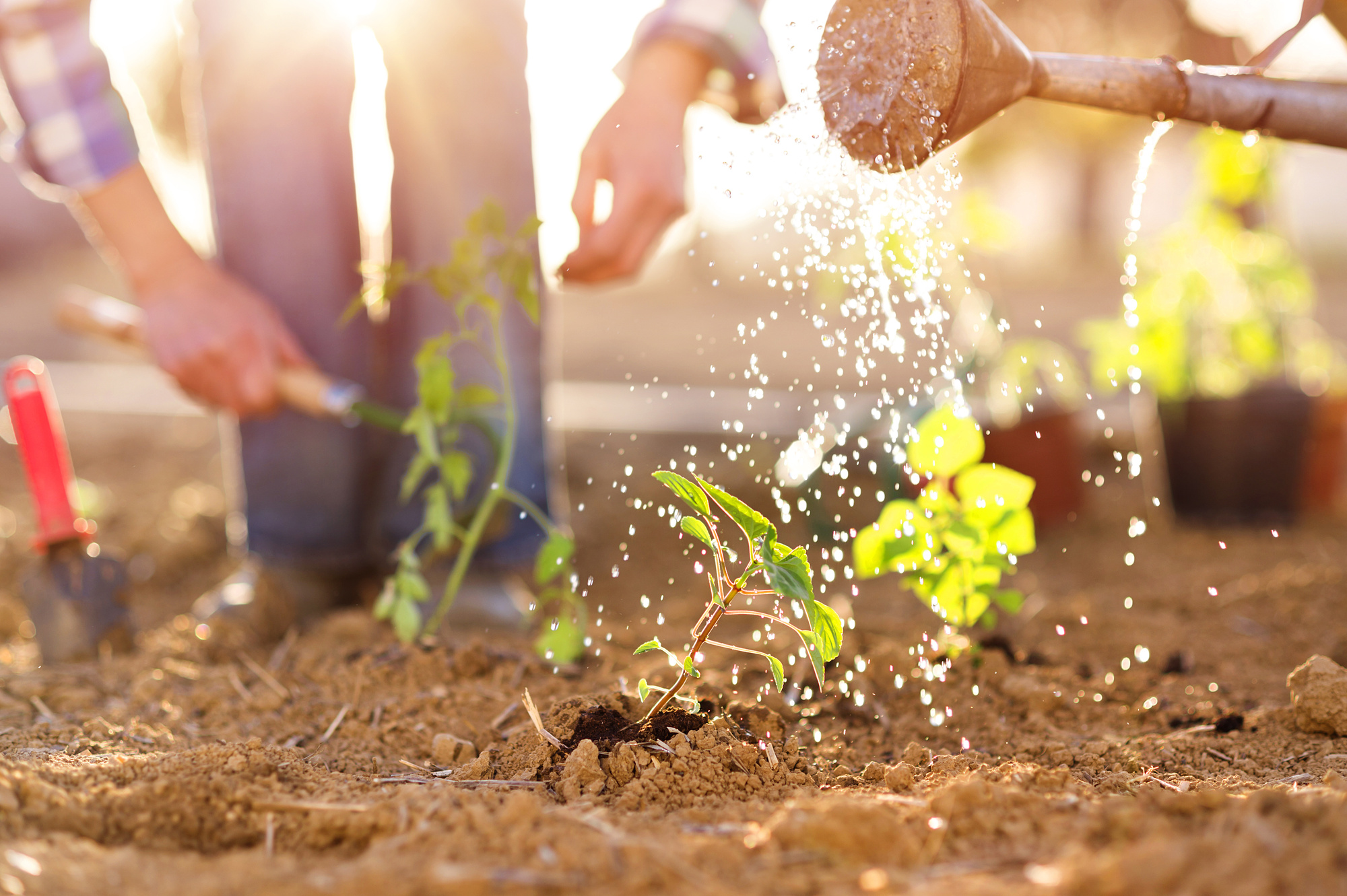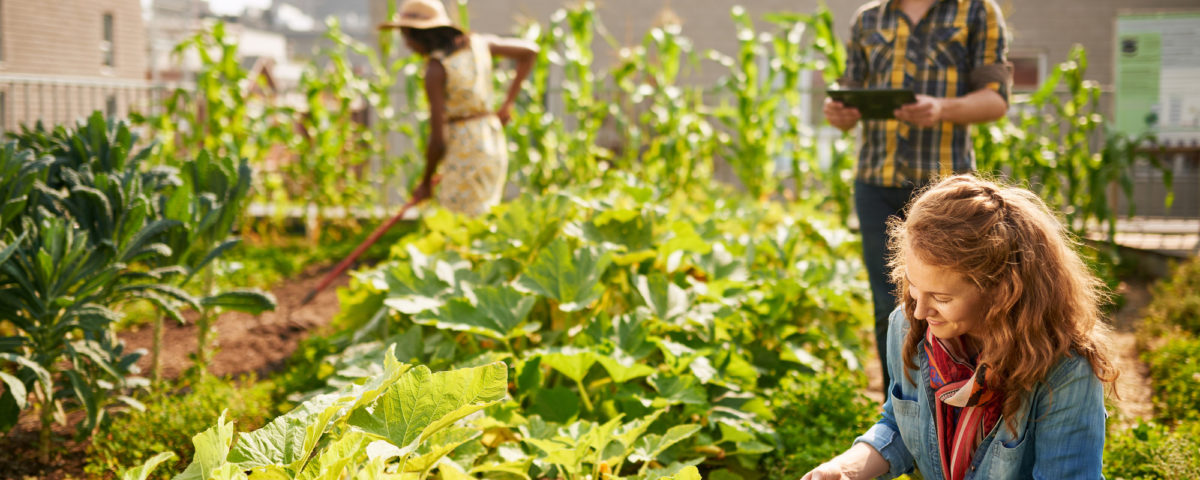
Here’s How to Choose Landscape Boulders and Where to Put Them
October 27, 2018
Ready to Grow? Here’s What You Need When Starting a Garden
November 4, 2018There’s nothing new under the sun, and this proves especially true when it comes to rooftop gardening. City dwellers have harnessed the untapped potential of rooftop growing spots for decades, but the benefits don’t stop with space creation.
From helping to cool your city to increasing breathable oxygen levels, rooftop gardens come with many advantages. Here’s a list of why you should consider this type of low maintenance garden for that vast blank space called your roof.
Finding Space
One of the greatest advantages of rooftop gardens remains finding space where none appears to exist. By the way, the same concept works well for balcony vegetable gardens, too.
Not only does this method of cultivating plant life let you utilize otherwise inaccessible space, but it transforms that space into a living green area. Balcony carrots, anyone? Rooftop wildflowers?
In a world where humans continue to encroach on the natural environment, reinserting as much green space into our everyday world remains crucial. After all, plants remove carbon dioxide from the air while producing breathable oxygen.
Now, wouldn’t we all like to enjoy a little more green space? Wouldn’t we all like to breathe a lot more clean air?
Cooling Temperatures
Most building roofs sit in the hot sun all day long. Many feature roofs made of gravel and tar.
These materials soak up sun rays, getting hotter than the actual air temperature. Once heated up, these surfaces radiate that heat outward.
What does this radiating heat do? Quite simply, it bakes the city’s air, increasing temperatures by as much as five to seven degrees. Talk about a negative impact!
Fortunately, when rooftop gardens predominate, temperatures drop AND breathable oxygen levels increase. What’s more, most gardeners use them to cultivate locally-grown vegetables and fruits, a fast-growing segment of the green roof population.
Rooftop gardens prove sustainable and prudent but installation can get complicated and expensive.
Variations on the Same Theme
Before installing your own rooftop garden, make sure that you understand your options. Many variations on the roof garden exist. It’s important to find the one most suitable for your structure, lifestyle, and personal goals.
While you may be most familiar with fully planted rooftop gardens, they don’t make sense for the vast majority of homeowners. Why? Because they prove quite heavy at a whopping 100 lbs per square foot.
To ensure your house can support that kind of weight, consult with a structural architect or engineer to perform an analysis of which additional supports you’ll need to make your vision a reality.
As you can see, this gets complicated and expensive quickly. The better option for most homeowners remains utilizing raised beds and planters to bring plant life up top. But you still need to keep weight and structural integrity in mind.
Rooftop Gardening
Rooftop gardening requires planning and patience. Once you decide to commit to this concept, you’ll need to decide which type of garden will work best on your roof. Don’t hesitate to hire experts to ensure your house stays structurally sound.
Interested in how to maximize space and increase your green footprint? Follow our blog to learn more about how you can make a lasting impact by planting a garden. Or, contact us with your questions and concerns.


